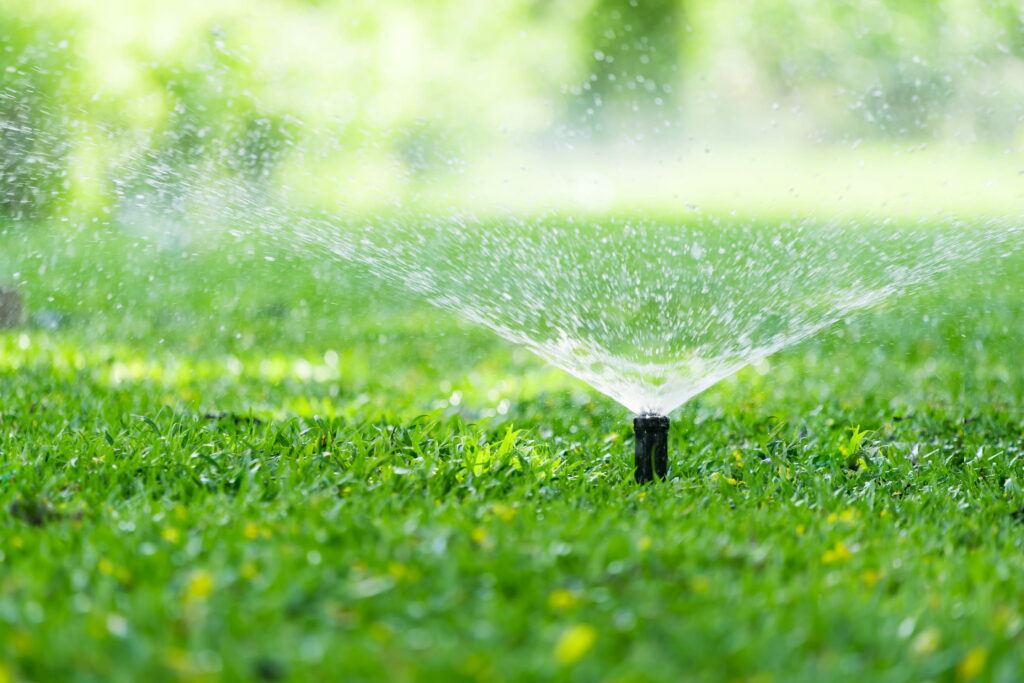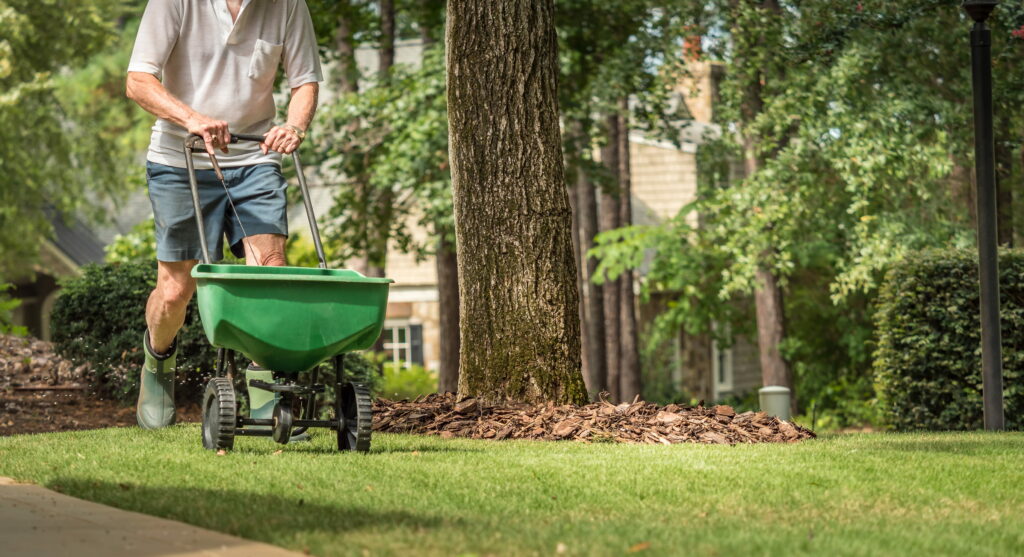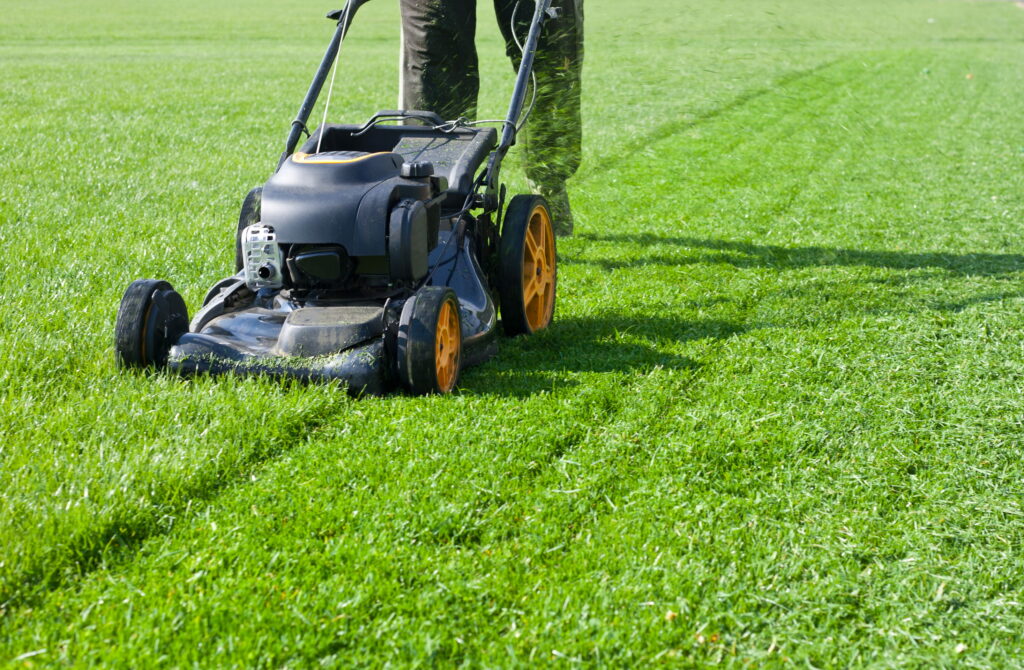How to Manage Fungal Growth
It’s a real pain when you invest time and money into your landscape and maintaining it only to find that your lawn is growing fungus. There are many types of fungus which can overrun your grass, such as mushrooms, patches that are powdery, and slimy areas.
While we’re not capable of controlling the weather to stop the growth of fungi on your grass, we can provide you with some practical ways to prevent the growth of fungi and keep your lawn healthy.
Water the Grass in the Morning

One of the easiest ways for fungi to grow on your lawn is when there is stagnant water. If you water your grass in the evening when the sun isn’t able to dry it up, your lawn is going to stay wet overnight and the fungus will begin to grow. This is why it’s best to water your lawn earlier in the day so there’s sufficient time for it to dry out.
Keep an eye on the humidity levels, too, as this can also encourage the growth of fungus in your lawn. Some weeks you may not need to water your grass very much if the humidity is high.
Use the Correct Amount of Fertilizer

Too little fertilizer will not provide enough nutrients for the root and leaf systems of your lawn, leaving them weak and susceptible to disease and fungal growth. Additionally, too much fertilizer will encourage the grass to grow too quickly, meaning the root system will no longer be able to support it.
That’s why it’s important to ensure you use the recommended type and amount of fertilizer for your particular grass to ensure the growth of a healthy lawn.
Cut Only One Third of the Grass Height When Mowing

Cutting the grass too short can weaken the blades and the roots underneath. Typically, you should cut one third of the height of the blades to keep your lawn healthy and strong. Each grass type has an ideal length to which you should mow it, it’s good to know this so that you can maintain your lawn as it should be.
Additionally, cutting your grass with dull mower blades will damage your lawn. You should make sure your mower blades are always sharp to avoid tearing the ends off of the grass blades rather than cutting them. Rough and frayed ends of grass are more likely to develop fungal diseases.
The above are all examples of steps you can take during your usual lawn maintenance to prevent the growth of fungus. Here are some additional measures you can take, too:
- Aerate the soil in your yard to loosen it and allow it to drain effectively to avoid drowning the root system of the grass. Soils heavy with clay here in Georgia can be particularly compacted, so aerating it can make a big difference in the health of your lawn.
- Dethatch your lawn to remove dead grass that has collected at the soil, preventing the healthy blades from receiving the necessary nutrients.
- Take a sample of your diseased grass to be tested so that the specific fungal growth can be identified and you can take a more informed approach to restoring the health of your lawn.
If you have any additional questions or would like assistance in removing fungus from your lawn, please don’t hesitate to give us a call here at Verdant Landscape.